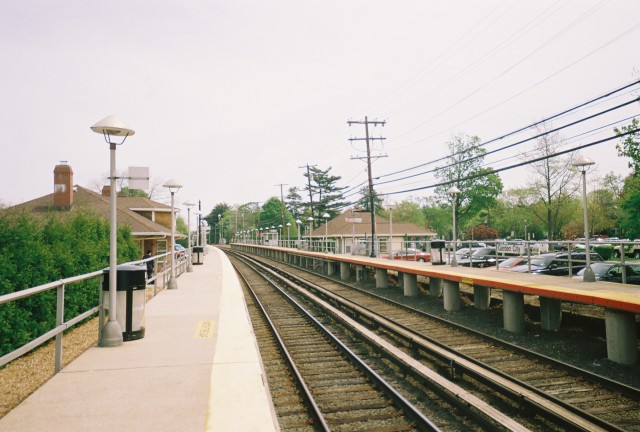The Real Estate Board of New York is commonly thought of as the city’s top real estate lobbying group, putting out reports calling for more construction in the city, and often called on by reporters to provide reliable pro-development talking points.
We were surprised, then, to hear outgoing REBNY president Steven Spinola throw cold water on the idea of more development outside of the city’s borders at a forum held by Crain’s today at at the New York Athletic Club:
“To think suburbs is Solution to the housing crisis, I don’t think so” @REBNY prez says. Transit, zoning make it hard. He knows, lives on LI
— Matt Chaban (@MC_NYC) March 17, 2015
Building housing is all well and good, it seems, unless that housing is being built in Spinola’s backyard.
New York has a housing crisis, but it isn’t just the city’s crisis. Just as the market for housing is regional in nature, solutions must also be regional. And while the most urban counties in New Jersey build plenty of housing, New York’s in-state suburbs – including Long Island, where Spinola lives, and Westchester, with its enormous demand – build practically none. In fact, as YIMBY reported, Long Island and Westchester’s permit approval rates in 2014 were on par with Detroit’s – a completely inexcusable situation for a region with a housing shortfall as dire as ours.
While density and transit-oriented growth may be in vogue, it’s important not to forget that for modern regions, the majority of the population will always live in suburban areas. New York City was majority suburban by 1910, with the outer boroughs acting as its suburbs. And today, most of the metro area’s 20 million residents live outside of the five boroughs.
And while the five boroughs have the best access to job centers in Manhattan, they don’t have a monopoly on transit. Residents of Garden City, where Spinola lives, have access to two Long Island Rail Road lines, and within a few years will be able to ride the commuter railroad into Grand Central Terminal, thanks to the $10 billion-plus East Side Access project. (This isn’t to excuse the LIRR’s terrible off-peak service and high fares, which make it a pale imitation of full subway service. But these are issues that can and should be corrected, not used excuses for walling off Long Island to newcomers who can’t drop $1 million on a new house.)
Growth in leafy Long Island and Westchester suburbs also has the benefit of avoiding the gentrification issue entirely. The existing housing stock is almost entirely single-family detached, owner-occupied homes, and even new luxury rentals and condos are more affordable than a $781,100 single-family home, which is the median value for a owner-occupied housing unit in Garden City.
But despite the transit access, infrastructure upgrades, and social benefits of encouraging more diverse housing options, Garden City has almost completely shirked its responsibility to build housing. The village approved permits for grand total of 12 new housing units in 2014, all of which were single-family homes. In fact, Garden City hasn’t issued a single permit for multifamily housing since 1987.
New York is booming, and while YIMBY has a soft spot for growth of the most urban kind, there is a region outside of these five boroughs. Millions of residents live in the suburbs, and they deserve more housing options too.
Update: At the request of REBNY spokesman Jamie McShane, Spinola’s more complete remarks on housing in the suburbs can be found at Capital New York. We’ve also changed the last word in the headline from “NIMBY” to “development skeptic.”
For any questions, comments, or feedback, email [email protected]
Subscribe to YIMBY’s daily e-mail
Follow YIMBYgram for real-time photo updates
Like YIMBY on Facebook
Follow YIMBY’s Twitter for the latest in YIMBYnews

